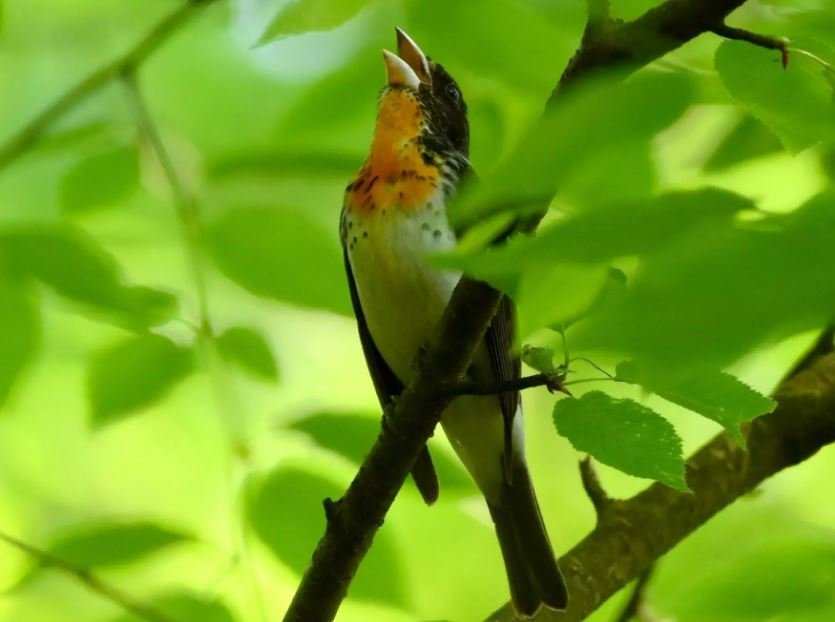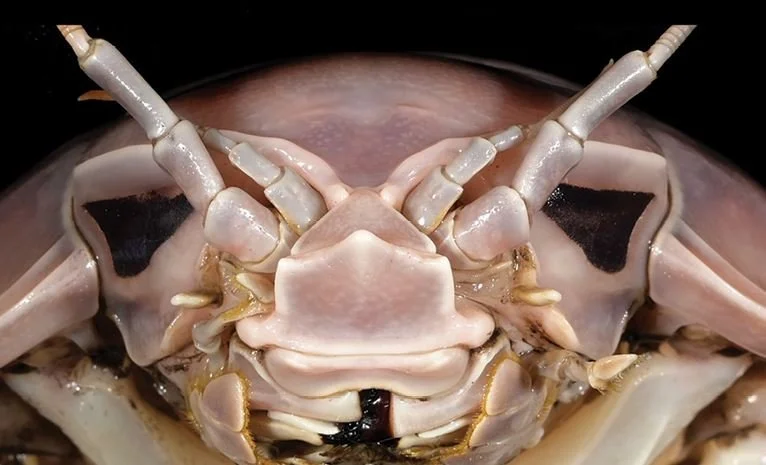Transgender Rose-Veiled Fairy Wrasse Floats Into View
In March, a new species of fish was discovered off the coast of the Maldives. More specifically, a misidentified fish discovered in the 1990s has been properly identified as a new species.
Ahmed Najeeb from the Maldives Marine Research Institute was involved in naming the rose-veiled fairy wrasse (Cirrhilabrus finifenmaa), becoming the first Maldivian researcher to describe a new species.
Like some other species of wrasse, the rose-veiled fairy grows more colorful – and male – as they age. Many are born female and mature into males, which adorn themselves in brilliant rainbow colors in mating season. (As with a larger species, it remains something of a mystery how nature assigns sex at birth).
The little fish, an inch or two long, swims at inconvenient depths in the ocean’s mesophotic zone, roughly between 125 and 500 feet – too deep for conventional scuba but not deep enough for submarine exploration. Scientists use specialized diving gear that recycles their air, scrubbing out excess carbon dioxide. It can take hours to ascend from these depths, as they must decompress very slowly.
The rose-veiled fairy wrasse is already falling prey to the forces of capitalism, as the newly named fish has become a hot commodity in the aquarium hobbyist trade.
“Though the species is quite abundant and therefore not currently at a high risk of overexploitation, it’s still unsettling when a fish is already being commercialized before it even has a scientific name,” Luiz Rocha, co-director of conservation group Hope for Reefs, told SciTechDaily. “It speaks to how much biodiversity there is still left to be described from coral reef ecosystems.”
Photo credit: Yi-Kai Tea







